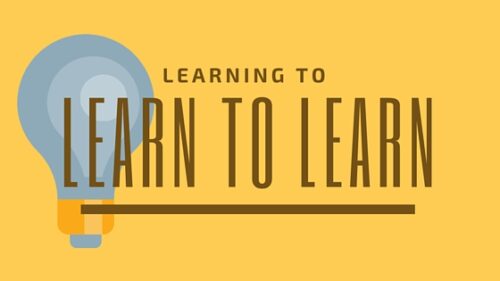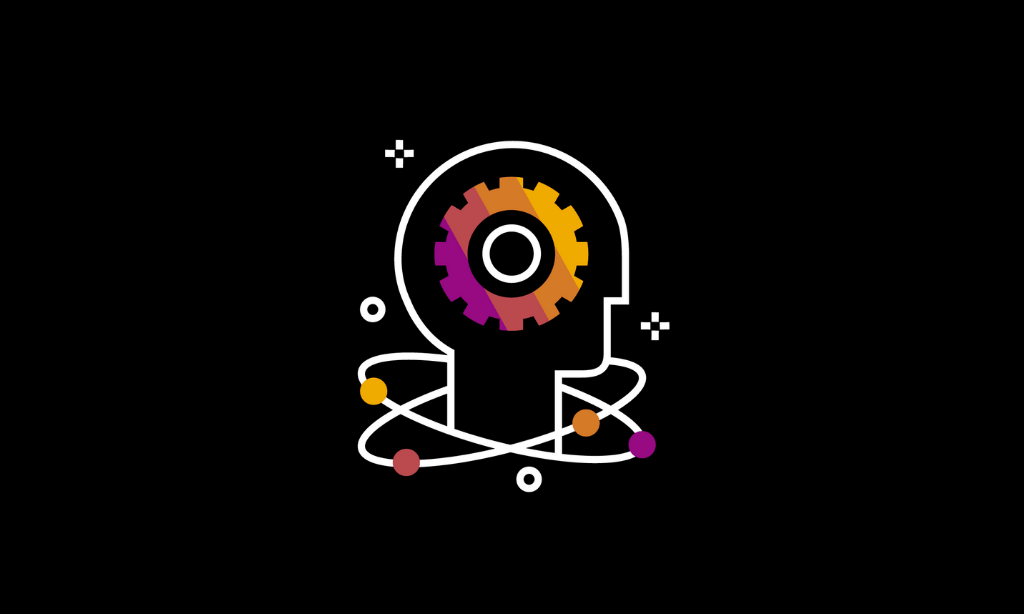Why Learning to Learn is More Important than Ever!
In memory of my friend, mentor, and colleague, Jay Cross, and his most recent campaign for Real Learning, I thought it appropriate to talk about learning to learn, or meta-learning. It was a passion we both shared, e.g. coming together to form the Meta-Learning Lab in the early 00’s, and it has persisted in both of our independent work. And it’s of real value to organizations.
We all learn, naturally. I’ve suggested that natural learning taps into the 7 C’s of learning:
Choose: we are self-service learners. We follow what interests us, what is meaningful to us, what we know is important.
Commit: we take ownership for the outcomes. We work until we’ve gotten out of it what we need.
Crash: our commitment means we make mistakes, and we learn from them.
Create: we design, we build, we are active in our learning.
Copy: we mimic others, looking to their performances for guidance.
Converse: we talk with others. We ask questions, offer opinions, debate positions.
Collaborate: we work together. We build together, evaluate what we’re doing, and take turns adding value.
Arguably, it’s schooling that hinders our natural learning, where we lose choice, failure is considered bad, copying and conversing are viewed as cheating, and so on. As adults, we’re expected to learn effectively, yet we’re confounded by our natural approaches versus the approaches we used to succeed at the relatively artificial goals that school dictates.
Consequently, it shouldn’t be surprising that the evidence suggests that we’re not as effective at learning as we could be. While we learn naturally, we may not naturally learn effectively. We can have flaws in our skills for and beliefs about learning, and these are addressable. Then the question is, should we be addressing them?
A number of years ago, Jay Cross and I proposed that arguably the best investment one could make in an organization was developing the learning ability of employees. This is increasingly true, as the pace of change means that organizations not only need to optimally execute, but continually innovate. And here’s the necessary insight: when you’re problem-solving, researching designing, etc., you don’t know the answer when you start, hence you are inherently learning! It’s not formal learning, with instructors and known goals, it’s informal learning. And that means it’s inventing and innovating and collaborating and communicating, but at core it’s learning.
It is this knowledge work, this learning, that is the necessary differentiator for organizational success. The need for agility is every more important, and that agility comes from being able to learn faster. Thus, if you want your people to be optimally successful for your organization, you’d like to have them be as effective as possible at learning, so they can be as effective as possible at the work that will make a difference to the organization.
What is Meta-Learning?
So if we’re clear about why we want to ensure that our people are good learners, then we need to discuss what meta-learning really is. And it’s a suite of things that interact with each other, but we can focus on a few things that are worth addressing. There are many more than can be comprehensively identified here, but there are steps to take and some general guidelines.
First of all, meta-learning is a set of skills about how to learn. The range is vast: how to frame good questions, what resources are good for different types of questions, how to use those resources, how to document your progress, and more. Each of those breaks down into finer granularity, too. For example, documenting your progress can have component skills in storytelling, visual representations, and more.
And it’s not just solo, but we also know that beyond one’s own learning, we learn better together. Certainly the outcomes of efforts to meet organizational needs are better when we tap into the power of people working together. And yet, here too, some specific approaches yield far better results than others. The room is smarter than the smartest person in the room, if you manage the process right!
And it’s not just about learning in the moment, but developing over time, so setting up and regularly reviewing your information feeds, staying on top of social media, showing your work, presenting, and more are valuable activities too. It’s both in-the-moment abilities and a set of ongoing habits that are to be developed. Most importantly, to be ‘meta’ about it, you should be reviewing your learning processes as well! Are you reviewing the sources you check, the ways you search, the ways you represent your understandings, etc.? These are they types of habits that differentiate the best learners.
Another component is your beliefs about learning. Do you believe that your learning ability is fixed, or can you influence it? Do you believe that failure is an opportunity or a problem? What do you believe is your responsibility in learning? These and more are beliefs that can facilitate or interfere with learning. There’s evidence that believing that you can get smarter, and that persistence through adversity is a personal commitment, leads to better performance.
And, of course, the environment can be conducive to, or interfere with learning. For instance, making it safe to share failure allows lessons to be learned. Time for reflection needs to be allowed, as well. Providing resources for learning, both in house and externally helps, and support for learning is also valuable.
Not all of these are easily achieved. To develop these takes awareness of the nuances, and a systematic plan to develop them. However, it can be done, and it should. So how can we make an impact?
How to Learn How to Learn
Self-learning really requires the learner to take responsibility for learning. The first element is awareness, and the usual org change tactics can be used; so you should evangelize why it’s important, model the process yourself, provide resources about learning to learn, and help individuals understand that they can take actions to make themselves more effective. Too many people aren’t even aware of learning to learn skills, nor that they can be changed for the better!
Then you can scaffold specific skills. You can collect evidence about searching behaviors, and uses of resources to solve problems, so you can show folks how they’re doing. You can also offer courses on specific skills, such as searching using particular tools, and more. Certainly there can be support for how to use the organizational resources. And/or you could be available for coaching on problem-solving. Of course, you do need to know these skills yourself.
This extends beyond personal skills to how to work well together. Sample skills include how to give feedback in ways that people will listen, how to ask questions in ways that get responses, the value of diversity, size of teams, ways to brainstorm effectively, and more. Organizing sharing sessions about learning is a possibility as well. There are external models, such as #lrnchat that can be used to help yourself or others learn more about learning.
Any support you offer should focus on developing skills. Your course could, for instance, start off by providing resources on a topic, but then start asking learners to search on their own for resources, document the strategies, and share. Similarly, if you’re coaching, work out loud about looking for resources and annotate your work. This builds not only the awareness but the skills themselves in an intrinsic way.
However, this really won’t help if you don’t have the culture where it’s safe to share. If your workplace is a ‘Miranda organization’, where anything you say can and will be held against you, people won’t share, yet that’s one of (if not the) most powerful form of learning. So you really do want to create a learning organization, where you have a conducive culture, leadership that supports learning, and explicit practices. Culture change is hard, but if we take the premise that agility is the key to organizational success in this era, a learning culture is the optimal advantage. There are steps to get there.
So get busy learning to learn for yourself, your team, and your organization. It’s doable and valuable, arguably the most valuable thing you can do. Leaving it to chance is leaving money on the table, and who better to do it than the learning unit?






